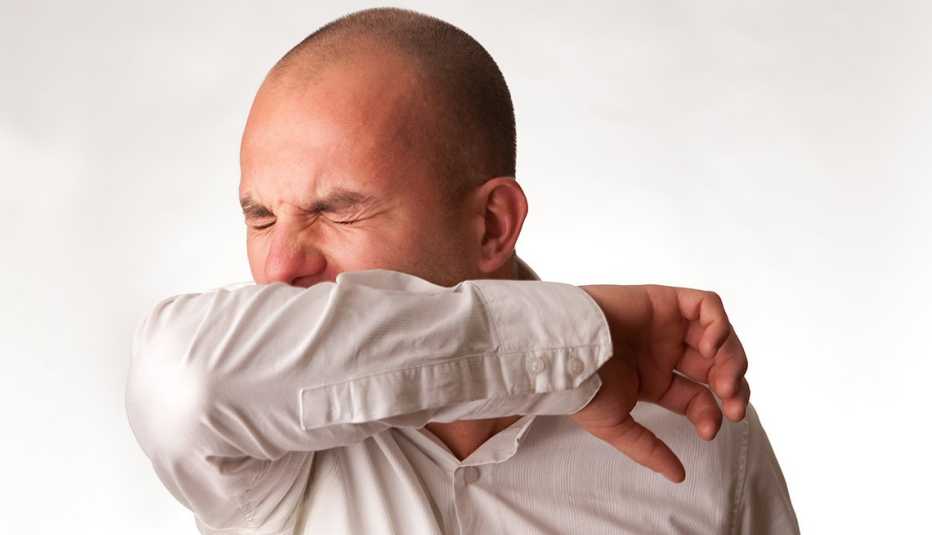Staying Fit
As the coronavirus has swept through communities across the country, many have shied away from showing up at a hospital or medical center for something like a routine colonoscopy or mammogram.
Back in March, officials at the Centers for Disease Control and Prevention (CDC) and the American Cancer Society specifically encouraged Americans to delay routine cancer screenings in order to protect themselves and their providers from the virus and preserve the supply of personal protective equipment. Many older adults, who are especially susceptible to serious or fatal effects of the virus, continue to follow orders to stay home to stay safe.


AARP Membership— $12 for your first year when you sign up for Automatic Renewal
Get instant access to members-only products and hundreds of discounts, a free second membership, and a subscription to AARP the Magazine.
As a result, medical billing records show that appointments for mammograms, colonoscopies, Pap smears and other cancer screenings have fallen sharply.
In late April, Komodo Health, a health care technology company, analyzed the billing records of 320 million U.S. patients. Not surprisingly, it found that the steepest declines in cancer screenings have occurred in coronavirus hot spots like New York, Massachusetts and California, although testing is down significantly nationwide.
"We've spent the last 30 years building up a health care system that's designed to screen and treat chronic disease, and then we shut down the whole thing in a matter of days, in some cases,” says Arif Nathoo, Komodo Health cofounder and chief executive. “Diagnostic screenings are down, new diagnoses are down, even monitoring of already diagnosed cancer patients is down. People are more afraid of the virus than they are afraid of cancer."
Kathleen Gundry, director of the Department of Breast Imaging at Grady Memorial Hospital in Atlanta, says her group went from doing a thousand mammograms and other screenings every month to cutting all appointments except for tests to confirm a diagnosis of breast cancer. That's a lot of people to try to fit back into the schedule starting this month, as routine screenings resume.
"This is the problem that everybody is talking about. We can't properly clean the exam rooms and social distance, especially in the waiting areas, without seeing fewer patients per day,” she says.
She's also concerned about protecting her staff. “I'm a radiologist, I'm looking at films. I don't have a ton of interaction with patients, but my technologists are basically giving patients hugs [while positioning them for mammograms]. There's a lot of close contact and a lot of potential exposure for them.”



































































